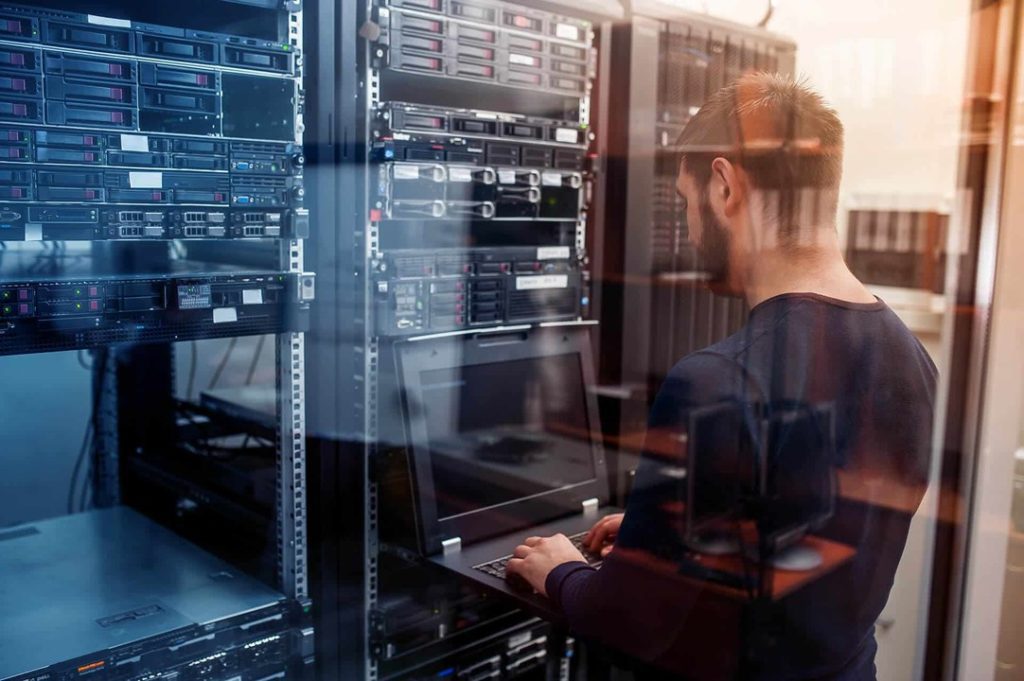Audio visual and IT were once siloed industries. AV technicians were tasked with sourcing video and setting up microphones and speakers, while IT professionals made sure the network ran smoothly. There was little interaction between the two.
Today, AV and IT overlap and must work together to ensure the best possible user experience. They use the same platforms, the same cabling, and the same switches while analog functions have been replaced with digital. In order to provide the best customer service, AV and IT must collaborate to a common goal…
Delivery Versus Experience
While AV and IT must be in sync to deliver authentic experience, the two serve different functions. IT is focused on delivery; ensuring that the network is running smoothly, there are no breaches in security and that bandwidth is sufficient. AV, on the other hand is tasked with the overall experience including the proper equipment is set up to the optimal visual and audio parameters. IT does not know the difference in qualities of speakers or if an OLED screen is needed. In these nuances, AV expertise elevates an event to the next level.
Balancing the Needs of Enterprises
Integrating AV into your network requires experience to overcome challenges. Being on the same page as the IT professionals allows the integration to be seamless and cutting back on lost time. Many large enterprises, particularly in the medical and financial fields, have tight security measures. The more controlled the information security, the harder it is to get multiple pieces of equipment integrated to create the best user experience. When security processes and approvals are drawn out, certain pieces of technologies require upgrade before deployment. AV professionals navigate the rapid pace of technology to balancing the rate of adoption with acceptance.
IT professionals often fear that AV uses too much bandwidth and that the infrastructure is not prepared to handle these projects. With legacy systems, the concern is that 4K videos or interactivity with Alexa or Google devices will slow down servers across the network. An easy way to solve for these concerns and navigate security requirements is by creating a closed network for AV.
Smarter Solutions Equate to a Seamless Experience
Building an independent network to offset bandwidth and security issues ensures the user experience is ideal. A closed network allows for analytics to gauge which rooms or floors have the most audio or visual usage and where to place certain devices for greatest benefit. AV works alongside IT to ensure the network is able to support all applications of the AV experience. When things don’t go according to plan, the value of AV is tapping into the experience and technical knowledge needed to solve problems in real time. This type of support is not be feasible for an in-house IT or facilities management team. The best approach is a combination of IT and AV professionals working toward a common goal, both playing to their unique expertise.



